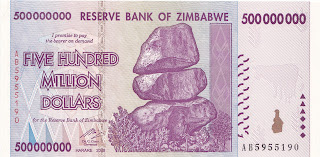Disinflation is a drop in the rate at which prices rise, and does not actually mean a price fall -- at least, on a sustained basis across-the-board. For example, the WPI rate was 0.44 per cent in the week to March 7, which means prices actually rose by a tiny percentage. We call that disinflation because the WPI has been falling almost continuously since August, 2008, when the rate nearly touched 13 per cent.
In the coming weeks, if the WPI goes into negative territory, and prices actually start falling, it would still be called disinflation -- as long as the fall does not continue indefinitely. On the other hand, the US, Western Europe and Japan are closer to deflation, as their inflation rates are down and economies are actually contracting .It is to counter the threat of deflation that their governments are shovelling trillions of dollars into the credit markets, into failing banks and industries like autos.
So what will tell us if we are really into a deflationary scenario? Experts says the first signal would be a contraction in GDP. "A contraction in output (GDP) is when there will be a worry on deflation. This is happening in the US, where prices are declining and output is contracting. GDP is not contracting in India; there is only a slower rate of growth."
This, however, does not mean we have no cause for worry, or that deflation will never happen. Experts belive "More than cutting rates, ensuring the flow of credit is important. If credit does not flow then any amount of interest rate cuts will not help. We have room for cuts, but cuts should be only a part of the plan. The main objective should be credit flow, which is not happening now."









